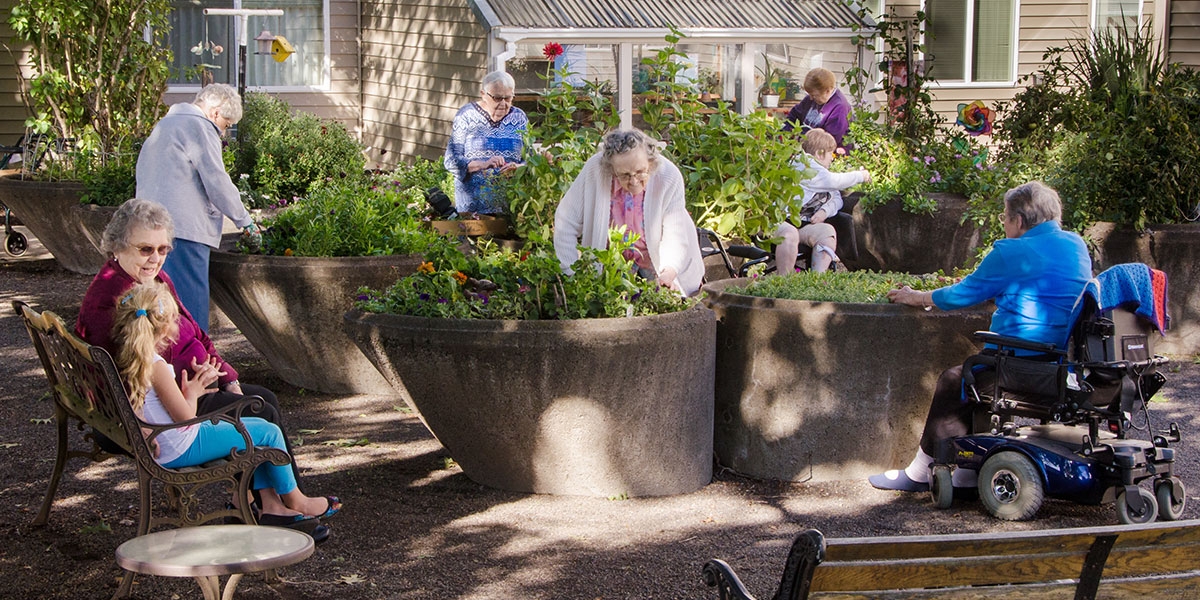What is Assisted Living?

By CarePatrol
Assisted living is appropriate when a loved one requires assistance with two or more activities of daily living (ADL’s) to live safely. Activities of daily living include bathing, continence, dressing, eating, toileting and transferring. It’s also important to consider instrumental activities of daily living (IADL’s): communication, housework, finances, meal preparation, medication management, shopping and transportation.
For seniors that wish to remain in their home, they may opt for non-medical in-home care to help them with their IADL’s and ADL’s. Caregivers come into their home to provide assistance to keep their clients safe. The best part of this option is that a loved one can remain in their home. Other important factors to consider are: will the senior be safe at home alone when caregivers are not present, multiple caregivers, gaps in service due to weather & flu season and cost (average = $20-$25/hour). A final consideration is to hire an agency that is bonded and insured providing caregivers who have background checks, fingerprint clearances and are trained. Be careful when hiring independent or live-in caregivers as this can be a potential source of elder abuse.
If 24/7 supervision is required and 24/7 in-home care is not an option, licensed assisted living facilities (ALF’s) and assisted living homes (ALH’s) offer a safe solution. In these settings, certified caregivers assist their residents with ADLs’ to help them live safely. Although not licensed for intermittent nursing services, a home health agency (therapy) or hospice agency can follow your loved one and provide their service in an assisted living environment as ordered by a physician and approved by Medicare.
Licensed assisted living facilities are a great choice when a senior prefers their own apartment w/ private bath, restaurant-style dining, scheduled activities & transportation and a higher level of independence and socialization. In this setting, a resident usually must be able to transfer and be mobile on their own or with the assistance of no more than one caregiver. Costs include a “base rate” which includes rent, utilities, 3 meals per day, scheduled activities & transportation and weekly laundry & housekeeping. When care is required, a care plan is additional to the base rate and assessed by the facility’s nurse. Residency is month-to-month with 30-60 days written notice required prior to leaving. Small friendly pets are usually permitted provided that they have their most recent vaccinations and city license. A one-time “community fee” and pet fee are assessed as well. Costs of an ALF typically increase 2%-6% per year.
Once families are introduced to the concept of an assisted living home (aka group home or residential care home), they may feel that this is a more appropriate setting for their loved one. This setting is a residential home licensed for no more than 10 residents. It is home-like, offering private and/or shared rooms, 1-2 certified caregivers on shift during the day and 1 awake at night, 3 home-cooked meals per day, laundry and housekeeping as needed and light activities. ALH’s are licensed and accountable to the same set of rules as ALF’s, and in some cases, can handle high levels of care such as maximum assists with transferring, bed-bound residents and feeding tubes. Many families appreciate the simple price structure as well. Most costs are included with the exception of medications and incontinence supplies. A one-time “move-in fee” may apply to cover hard costs to move in a new resident. Although this does not occur on an annual basis, costs may increase when there is a significant and unforeseen increase in level of care.
In summary, it’s important to look beyond what a family sees, hears and feels when touring assisted living options. The care history of a licensed ALF or ALH, and ability to meet the level of care for your loved one long-term, is critical to making a safe and educated placement decision.

